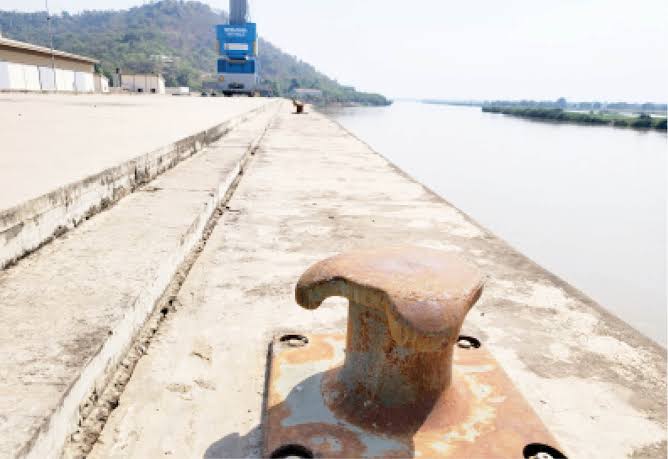By Mohammed Baba Yahaya
In a move hailed as a critical step towards modernizing the nation’s maritime infrastructure, the Federal Government, through the Nigerian Ports Authority (NPA), has announced the approval of a $1 billion fund for the total reconstruction of the major seaports in Apapa, Tincan, Calabar, Warri, and Port Harcourt.
The announcement, made by the Managing Director of the NPA, has been met with applause from maritime stakeholders and business councils in the southern regions, who have long decried the dilapidated state and crippling congestion of the facilities.
However, the decision has simultaneously ignited a firestorm of criticism and concern from leaders and economic experts in Northern Nigeria, who note the conspicuous exclusion of the Baro Port in Niger State—the nation’s key inland port built specifically to serve the northern economy and act as a vital relief valve for southern congestion. A Tale of Two Nigeria, Development and Discontent.
While the reconstruction promises to boost national capacity, the omission of Baro Port is being perceived in many quarters as a continuation of the systemic neglect of critical northern infrastructure, potentially undermining the very goal of decongestion.
The approval of $1 billion exclusively for coastal ports, while ignoring Baro, is a profound strategic miscalculation. You cannot solve congestion in Lagos by only focusing on Lagos. The core solution is to create viable, functional alternatives. Baro Port is that alternative. By leaving it out, we are merely polishing the taps while the drain is still blocked.
Baro Port, commissioned with fanfare in 2019, was envisioned as a game-changer for the agricultural and manufacturing sectors of the North. It was designed to facilitate the direct shipment of goods like sesame, sorghum, and cotton to international markets, reducing reliance on the expensive and logistically nightmare-prone route through the crowded ports of Lagos.
Yet, years after its launch, the port remains grossly underutilized. The critical impediments are not the port structure itself, but the lack of complementary infrastructure: the dredging of the River Niger to allow large vessels year-round access and the construction of a seamless rail link to connect the port to the national network.
As the bulldozers prepare to move into the southern ports, the question hanging over the $1 billion investment is whether it will be a definitive solution to Nigeria’s port woes, or merely an expensive patch on a system desperately in need of a holistic, inclusive overhaul.
For now, the gateway to the North’s economic potential remains locked, waiting for its own key.


